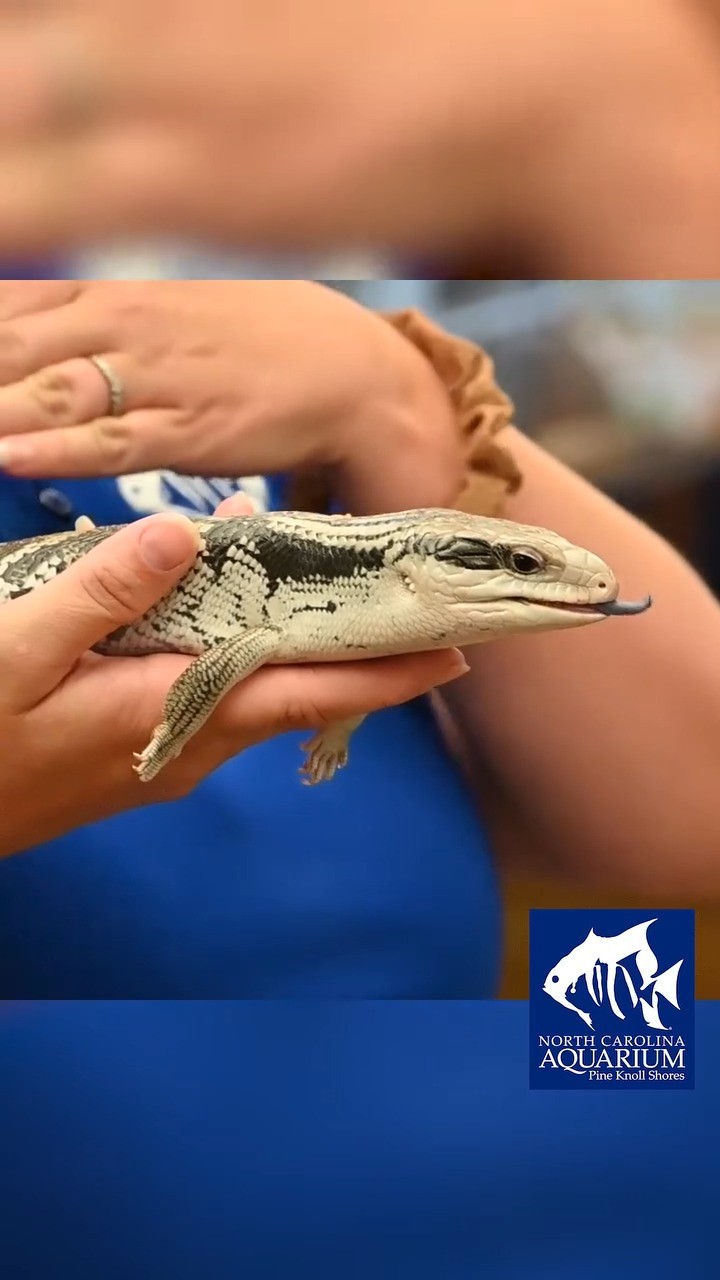- Understanding the significance of Dragon Day and its relation to blue-tongued skinks at the aquarium.
- Biological and behavioral aspects of blue-tongued skinks, including their unique reproductive process.
- The importance of zoos and aquariums in wildlife conservation and public education.
- The role of captive breeding programs in the preservation of species and biodiversity.
- Challenges and strategies in zoo management to ensure animal welfare and visitor engagement.
Today is Dragon Day, a celebration that sparks the imagination with mythical creatures, and just like the legendary dragons, some real-life animals capture our awe and fascination. At the aquarium, the closest resemblance to these magnificent beings lies in the form of blue-tongued skinks, small reptiles that hold their intrigue both in appearance and behavior. This article delves into the significance of Dragon Day and explores why these reptiles are a suitable focal point for such celebrations.
The blue-tongued skink is an interesting subject due to its ovoviviparous nature. Unlike most reptiles that lay eggs outside their bodies, blue-tongued skinks have a unique reproductive process. The embryo develops within an egg inside the female’s body, with the young hatching internally before being born live. This adaptation provides several advantages. It offers the developing young a protected environment against predators and environmental hazards prevalent in their native habitats.
Native to Australia and surrounding islands, blue-tongued skinks thrive in various environments ranging from arid deserts to suburban gardens. Their adaptability is noteworthy. These reptiles showcase an omnivorous diet, feeding on insects, fruits, and small plants, reflecting their flexible feeding habits conducive to survival in variable ecosystems. The bright blue tongue serves not only as a vibrant feature but also as a defensive mechanism to deter predators by displaying an unexpected and vivid warning signal.
A key aspect of understanding these fascinating lizards is their role in ecosystems. Skinks aid in pest control by preying on insects and small invertebrates, which can help maintain balanced biodiversity. In captivity, these roles shift, focusing instead on education and conservation, helping people understand the intricacies of reptilian life and the importance of maintaining balanced ecosystems even within urban settings.
The celebration of Dragon Day at the aquarium is an educational opportunity. It highlights the importance of zoos and aquariums as dynamic conservation centers. These institutions play a vital role in educating the public about biodiversity, environmental stewardship, and wildlife conservation. Through engaging exhibits and informative programs, they spark curiosity and encourage a deeper appreciation for varied life forms, including those not as mythical as dragons but equally fascinating—with skinks providing a perfect example.
Aquariums and zoos often engage in captive breeding programs, tackling the challenge of preserving species with conservation concerns. These initiatives are more than simple population maintenance; they read as an essential strategy for biodiversity conservation. By maintaining genetically diverse populations in captivity, zoos and aquariums provide a safeguard against extinction, allowing for potential reintroduction programs in the wild. This is particularly important for species whose habitats face significant threats from human activities, climate change, or invasive species.
Managing a successful zoo or aquarium requires balancing animal welfare with visitor experience. This balance is essential for educational effectiveness and maintaining public support for conservation efforts. Ensuring animals live in environments that mimic their natural habitats as closely as possible is paramount. This approach not only meets the animals’ physical and psychological needs but also provides an authentic learning experience for visitors. Creating complex, enriching environments helps stimulate animals mentally and physically, which is crucial for their well-being and longevity in captivity.
To maintain and enhance visitor engagement, zoos often develop interactive experiences and educational programming that bring animals’ stories to life. Through keeper talks, animal demonstrations, and informative displays, visitors gain insights into the behaviors and habitats of various species, fostering a personal connection that can inspire further interest and action in wildlife conservation.
In recent years, technological advancements have enabled zoos and aquariums to enrich their conservation programs and visitor experiences. Virtual reality, augmented reality, and interactive digital exhibits allow for an immersive learning environment where visitors can explore habitats and understand challenges faced by wildlife. This kind of interactive learning can leave a lasting impression, furthering awareness and advocacy for wildlife conservation in audiences of all ages.
Challenges in zoo management are continually evolving, with ongoing efforts to address issues related to sustainability, resource management, and ethical standards in animal care. Zoos and aquariums must navigate public perception, emphasizing transparency and dedication to conservation over mere entertainment. Collaborations with global conservation networks and research institutions enhance their ability to make meaningful contributions to species conservation, supporting efforts on local and international scales.
Today is Dragon Day serves as a reminder of the wonders of wildlife, both real and mythical. Blue-tongued skinks, with their striking features and intriguing biology, provide a valuable opportunity to engage and educate the public about the importance of reptiles and conservation efforts. Through the lenses of zoo management, biodiversity support, and public engagement, the aquarium continues its mission of conservation education, inspiring visitors to appreciate and protect the diverse life that shares our planet.
*****
Source Description
Today is Dragon Day! 🐉The closest thing we have to dragons at the Aquarium are the blue-tongued skinks. DYK Blue-tongued skinks are ovoviviparous, meaning their eggs hatch inside the female instead of being laid externally. Check out more about them here: bit.ly/BlueTongueSkinksPKS


